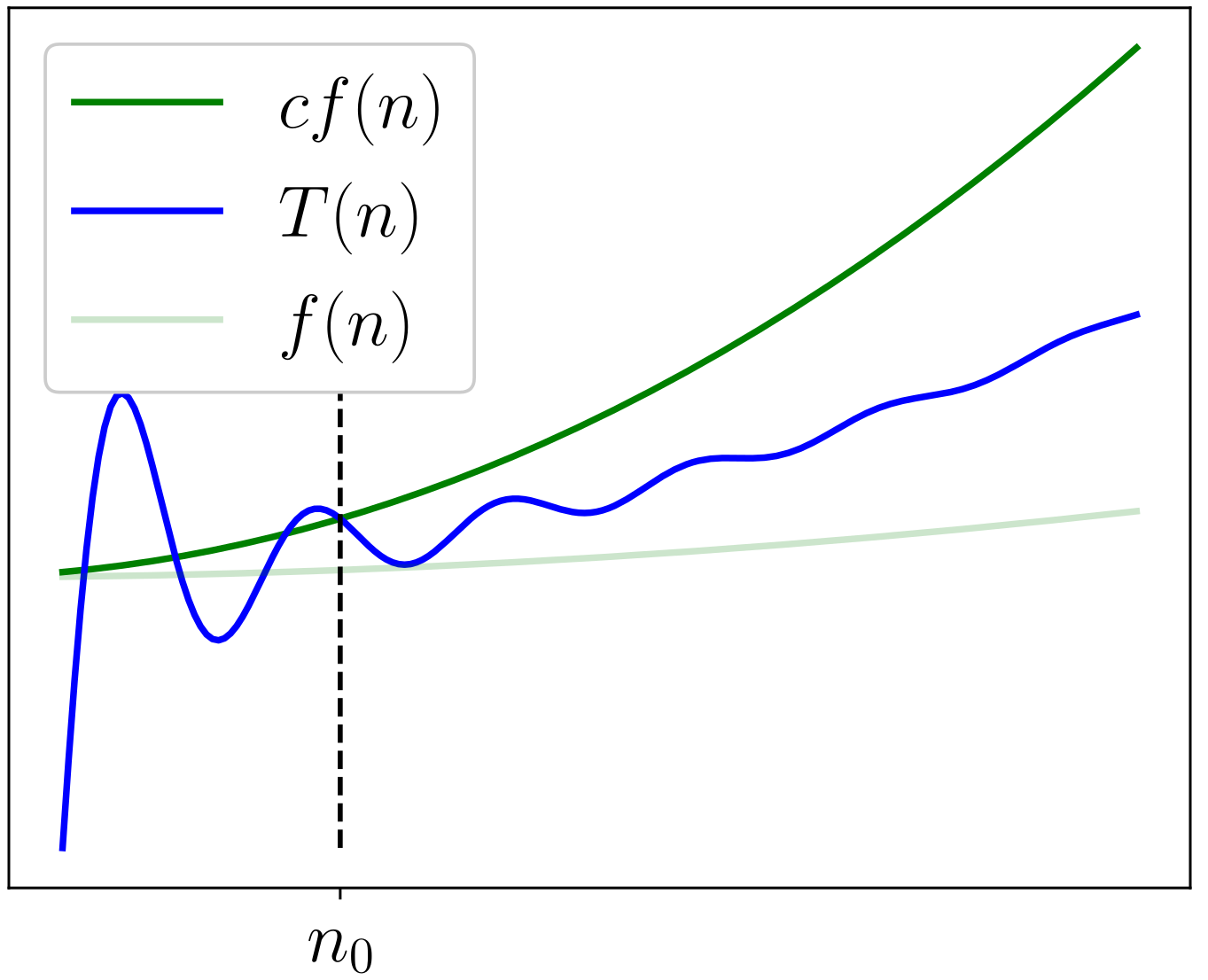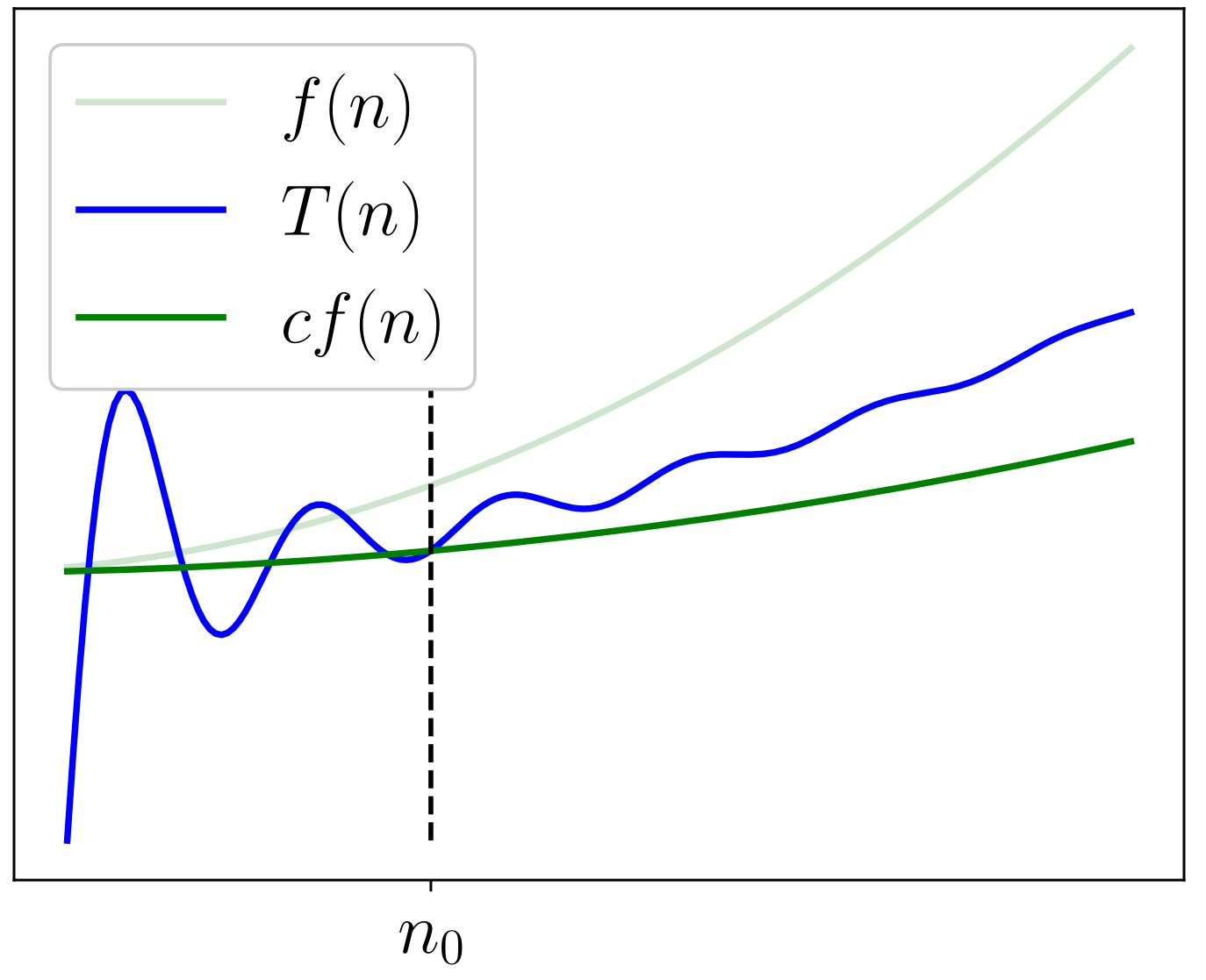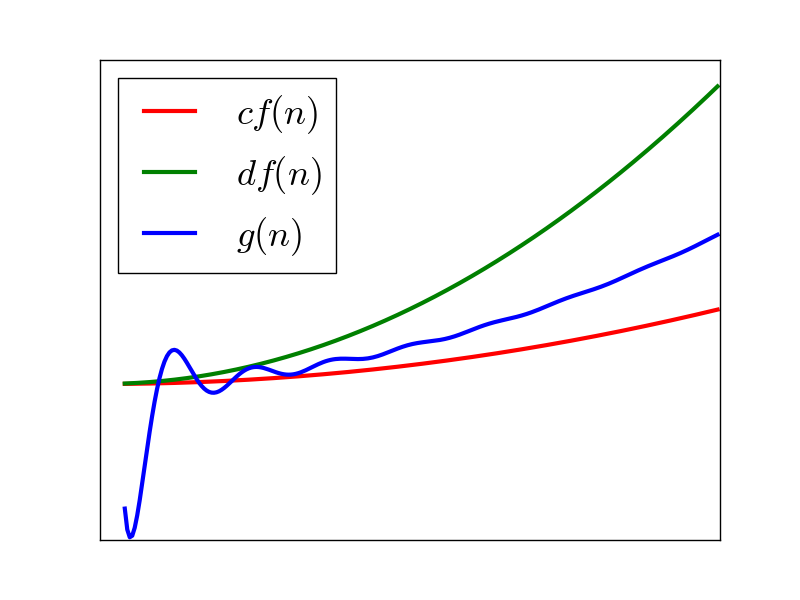Exercise: Analysis of Sequential Search
public static boolean contains(int target, int[] numbers) {
for (int number : numbers) {
if (number == target) {
return true;
}
}
return false;
}
Basic Operation: number of key comparisons
- Best case:
- Worst case:
- Average case:
Finding the average case:
Specify the distribution to average over (do we assume that the item is in the collection? 50% likely to be in the collection? In this case we will assume the key is in the array, and equally likely to be at any position.)
Sum over the cost of all possible outcomes, and divide by the number of outcomes.
Average Case Analysis
public static boolean contains(int target, int[] numbers) {
for (int number : numbers) {
if (number == target) {
return true;
}
}
return false;
}
Basic Operation: number of key comparisons
- Best case:
- Worst case:
- Average case:
Finding the average case:
Specify the distribution to average over (do we assume that the item is in the collection? 50% likely to be in the collection? In this case we will assume the key is in the array, and equally likely to be at any position.)
Sum over the cost of all possible outcomes, and divide by the number of outcomes.
Formal Definition of Big-O
|
For if and only if there exist positive constants |

|
Formal Definition of Big-O
|
For if and only if there exist positive constants |
- Informal rule of "dropping constants" follows immediately:
- Yes! choose c = 50,
Formal Definition of Big-O
|
For if and only if there exist positive constants |
- Informal rule of ``dropping lower-order terms'' also follows:
- Notice that:
- Choose c = 41,
Big-O Describes and Upper-Bound
- Big O is loosely analogous to
- All of these statements are true:
Upper Bounds
- Big-O descriptions are imprecise in two different ways:
- No constants or lower-order terms
- GOOD: fewer distractions
- Only provides an upper bound. Correct to say an algorithm requires
- UNFORTUNATE: conveys an incomplete analysis
- No constants or lower-order terms
Big Omega
|
For if and only if there exist positive constants |

|
- Big
- All of these statements are true:
Big Theta
|
|
- Big
- Which of these statements are true?
Uses of Big-O in the Wild
In practice, people use big-O in several different ways:
- We might say: "The best algorithm for the traveling salesperson problem is in
- Because: no one knows exactly how fast the fastest algorithm is. We can only bound it from above.
- This is an approved OpenDSA usage.
- We might say: "Sequential search requires
- Because:
- Our textbook discourages this use. Better to say that the run time is
- Because:
- People might say "The worst case for sequential search is
- This is a sloppy way of speaking, but it is understandable given that we generally give the tightest possible bound.
Socrative Quiz
Alyce is working on the analysis of a complex algorithm for finding sequence matches in a DNA database. She can easily show that the algorithm requires no more than
A)
B)
C)
D)
E)
Socrative Quiz
What relationship(s) is(are) illustrated by the following figure?

|
A) |